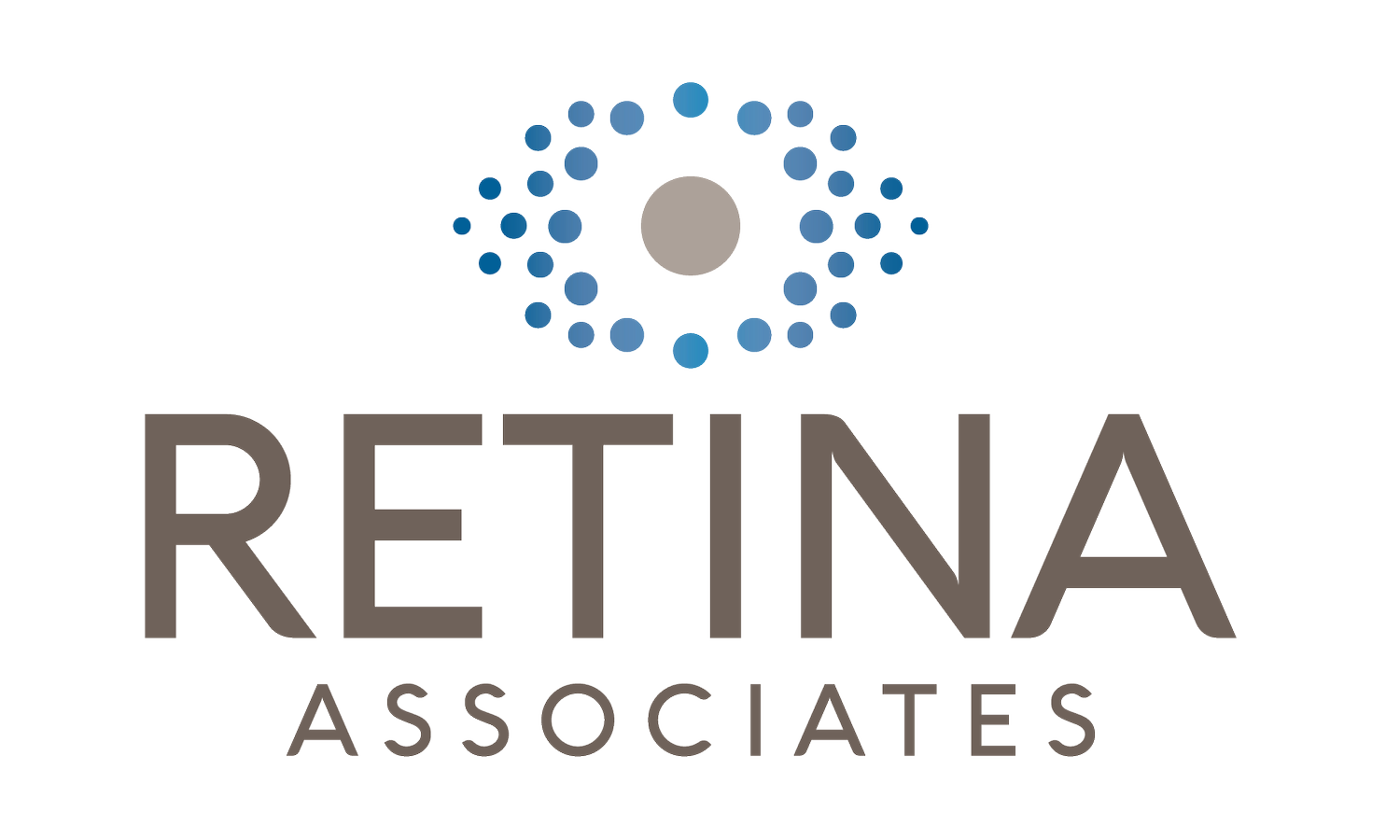Sunlight and Your Retina: The Importance of UV Protection
Your eyes are one of your most important and sensitive organs, yet they are constantly exposed to the elements, including sunlight. While a little sunshine is beneficial for overall health, overexposure to ultraviolet (UV) rays can have serious consequences for your retinal health and vision. In this blog, we’ll explore the relationship between sunlight and the retina, how UV rays can harm your eyes, and steps you can take to protect your vision.
How UV Rays Affect Your Retina
UV radiation is a form of electromagnetic energy emitted by the sun. While most UV rays are absorbed by the earth's atmosphere, enough reaches us to cause potential damage to the eyes over time. Prolonged UV exposure can contribute to a variety of eye conditions, including:
Macular Degeneration: UV rays can accelerate damage to the retina’s central area, known as the macula, leading to age-related macular degeneration (AMD), a leading cause of vision loss.
Photokeratitis: Often described as “sunburn for the eyes,” this painful condition occurs after intense UV exposure, causing redness, blurred vision, and discomfort.
Cataracts: While not directly affecting the retina, UV exposure increases the risk of cataracts, which can cloud vision and indirectly impact the retina by altering the light reaching it.
Pterygium: This growth on the surface of the eye, although not retinal, can cause discomfort and lead to secondary complications affecting vision.
Symptoms of UV-Related Eye Damage
Some of the signs that your eyes may be experiencing UV damage include:
Sensitivity to light
Blurry or hazy vision
Discomfort or pain in the eyes after sun exposure
Redness or a gritty feeling in the eyes
If you experience any of these symptoms, it’s important to schedule an eye exam to evaluate your retinal and overall eye health.
How to Protect Your Retina from UV Damage
Protecting your eyes from UV rays doesn’t have to be complicated. Here are some simple, effective strategies:
Wear Sunglasses with UV Protection
Look for sunglasses labeled “100% UV protection” or “UV400.” These block both UVA and UVB rays.
Wraparound styles provide additional protection by minimizing exposure from the sides.
Use Hats with Wide Brims
Pair sunglasses with a wide-brimmed hat to reduce direct sunlight exposure to your eyes.
Limit Sun Exposure During Peak Hours
UV rays are strongest between 10 a.m. and 4 p.m. If possible, plan outdoor activities earlier or later in the day.
Avoid Tanning Beds
Artificial UV light can also harm your eyes. Always wear protective eyewear if you use a tanning bed.
Invest in UV-Protective Contact Lenses
Many contact lenses now come with built-in UV protection. While they’re not a substitute for sunglasses, they can provide an added layer of defense.
The Role of Regular Eye Exams
Routine eye exams are vital for early detection of UV-related damage. An ophthalmologist or retina specialist can evaluate your retinal health and recommend personalized strategies to protect your vision. Regular monitoring also helps catch conditions like macular degeneration early, when treatment is most effective.
Protecting Your Eyes Starts Today
The retina is critical to your ability to see and enjoy the world around you. By taking simple precautions, you can shield your eyes from harmful UV rays and reduce your risk of long-term vision problems.
If you have concerns about your retinal health or want to learn more about UV protection, we’re here to help.
Contact Us
Schedule an appointment with our retina specialists today by calling 540-722-3500. Follow us on Facebook, LinkedIn, and Instagram for more tips on maintaining healthy vision and staying informed about the latest advancements in eye care.
Your vision is precious—let’s protect it together!
Disclaimer: This post is for informational purposes only and is not a substitute for professional medical advice. Always consult with a physician or qualified healthcare provider regarding your specific health needs. If you are experiencing a medical emergency, please call 911 or visit the nearest emergency room immediately.
